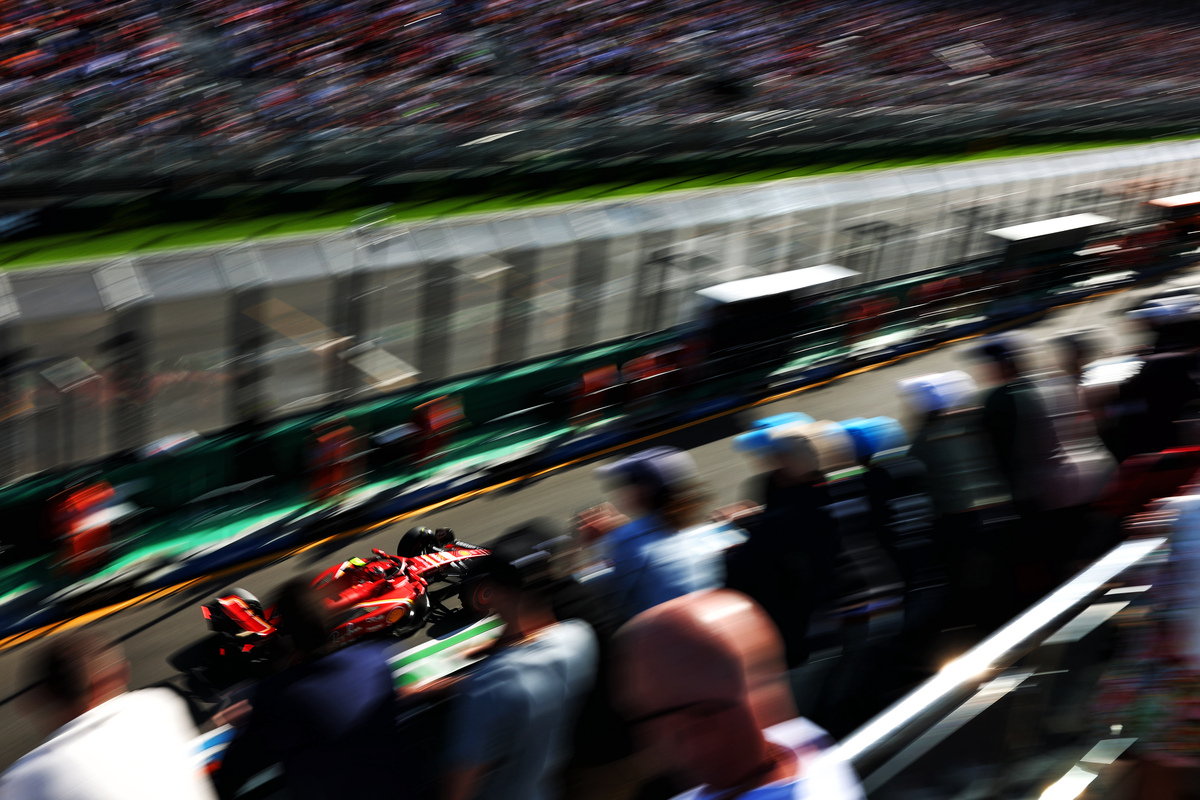
Albert Park this year welcomed a record of 452,055 spectators across the four days with the final three days a sell-out.
That number builds on last year’s crowd figure, which was 444,631, and the 2022 figure of 419,114 – a record at the time.
Formula 1 is enjoying a boom in popularity globally as new fans discover the sport through its increased presence on social media and promotional vessels such as Drive to Survive.
Organisers are looking at ways to build out the spectator experience, and add capacity, but it’s a delicate balancing act.
Ticket sales are such that the event has effectively reached its ceiling in terms of revenue through the gate, though a little capacity remains on Thursday.
It means any new or additional services, experiences or amenities will either effectively run at a loss to the event, or need alternate ways of being funded.
That has seen an increased reliance on partners with themed and branded activations which offer the fans something new while simultaneously offering a source of income for the Australian Grand Prix Corporation.
Importantly, that model is scalable and allows big name, globally recognised brands to flex their muscles and activate on existing relationships while more local companies can gain a presence, awareness, and association too.
Building out those experiences to offer fans something different is a deliberate focus.
Travis Auld, the man who oversees the event, is mindful of the fact that not only if F1 booming in terms of its global popularity, but also the Australian interest in it.
“We have got an opportunity with the momentum that sits behind Formula 1 globally, to ensure this is one of the most iconic events in this country,” Auld told Speedcafe.
“Now, what does that look like? It’s a few things.
“One is getting that capacity right, so making sure that we can maintain the experience and capacity, but building an event underneath the momentum.
“We’ve got two drivers on the grid, we’ve got a reserve driver, which is extraordinary, I think, that 10 percent of the drivers come out of this country.
“We’ve got our fair share – more than our fair share, I should say.
“Although we’ve got a tailwind at the moment, that tailwind won’t be there forever and so we’ve got to create an event and an experience that has a reputation of something you cannot miss.
“And we’ve got to do that while we’ve got the tailwind behind us.”
It’s that effort that is keeping a lid on the capacity to prevent, as much as possible, spectators having a negative experience.
There’s also a focus on ensuring there are activities away from the race track in acknowledgement of the fact that many fans aren’t interested in watching every lap of every category.
“Without the entertaining, you don’t have a sport that can be funded,” Auld opined.
“A large part of the sporting side of our event is managed by others. We don’t control much that happens on track and those that are controlling it are doing a damn good job.
“So for us, it’s making sure that everything that goes on off-track is focussed on entertaining; it’s a show you don’t want to miss; it’s a festival.”

 Shop
Shop





























